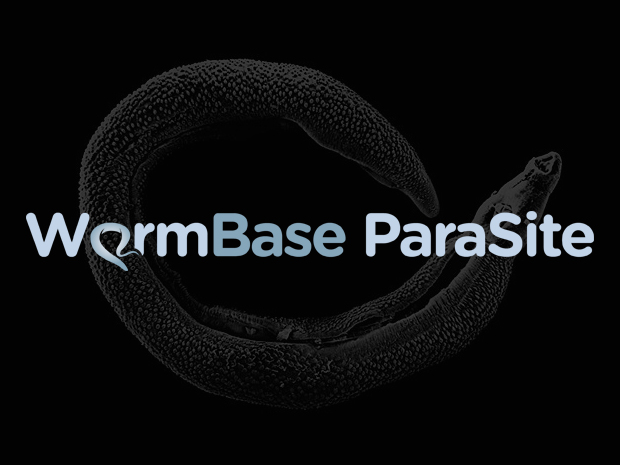
Read the latest Issue
The largest collection of helminth genomic data ever assembled has been published in the new, open-access WormBase-ParaSite. Developed jointly by the European BIoinformatics Institute (EMBL-EBI) and the Wellcome Trust Sanger Institute, this new resource will be a major asset in the fight against parasitic worms, which infect more than one billion people worldwide.

Roundworms, whipworms, hookworms and other helminths produce a disease burden that exceeds that of malaria or tuberculosis. The Helminth Genome Initiative, which has provided much of the data for the WormBase-ParaSite, is a global community of researchers dedicated to reducing this disease burden by identifying weaknesses in the worms’ genetic code.
In human biology, we take things like access to large genomic data sets for granted. This just hasn’t been available for helminth research before now.
“Helminth researchers are caught in a Catch-22 situation where, because there is a lack of resources, it’s difficult to secure research funding, which means progress can be slow,” says Matt Berriman, leader of the Helminth Genomics Initiative at the Sanger Institute and joint Principal Investigator for the WormBase-ParaSite project. “There’s a danger that this situation will cause a terminal decline in the field; a pretty dangerous scenario when many of these worms cause diseases that affect millions. Our hope is that this community resource will help to turn the situation around.”
The public database, which is funded the Biotechnology and Biological Sciences Research Council (BBSRC), contains 89 draft genome sequences for a total of 82 helminth species, including 30 published genomes. Of the 59 unpublished genomes, 44 were sequenced at the Sanger Institute as part of the 50 Helminth Genomes project, nine were sequenced at The Genome Institute at Washington University and the remaining six were sequenced by other helminth researchers throughout the world.
WormBase-ParaSite combines these data to help researchers identify genetic similarities in different helminth species that share certain traits, such as the ability to invade through human skin. This approach will speed up the difficult, costly search for candidate genes.
“In all, the genomes in WormBase-ParaSite contain about 1.5 million genes, and we have used cutting-edge software from the Ensembl project to organise these genes into family trees,” says Kevin Howe, project leader for WormBase-ParaSite at EMBL-EBI. “These trees show, in high-definition, how the genes are related to each other and how they have evolved. This will allow researchers to study the genetic basis for important similarities and differences between parasitic worms on an unprecedented scale.”
Currently, many of the genomes in WormBase-ParaSite are early drafts and, accordingly, highly fragmented. Contributions from the helminth research community will gradually fill these gaps as data emerges from new research, building a robust resource for future investigation.
“In human biology, we take things like access to large genomic data sets for granted. This just hasn’t been available for helminth research before now,” says Paul Kersey, Team Leader at EMBL-EBI and joint Principal Investigator for WormBase ParaSite. “This capacity-building project will catapult the field into a new era of comparative work, boosting funding and research in this crucial area.”
This post was originally published on EMBL-EBI News.
Looking for past print editions of EMBLetc.? Browse our archive, going back 20 years.
EMBLetc. archive